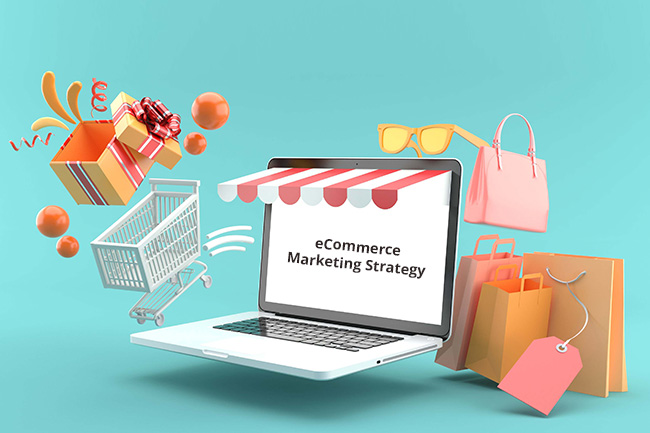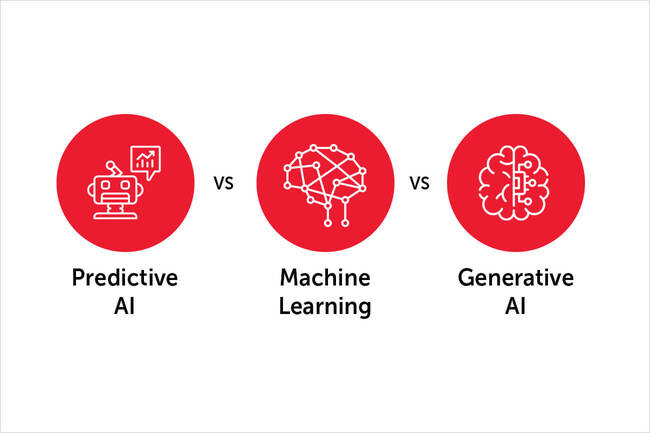E-commerce relies on effective digital marketing, including SEO, PPC ads, social media, and email campaigns, to boost online store popularity, generate interest, and convert potential customers into satisfied buyers. These strategies ensure greater visibility, targeted reach, and meaningful engagement, leading to success in the competitive e-commerce landscape.
The Global E-commerce Boom
2022 was a remarkable year for global e-commerce sales – it reached an impressive $5.7 trillion. More than half of these sales occurred on mobile devices, with top markets including the USA, UK and China. Giants like Amazon, Alibaba, eBay, and Shopify dominated the industry. This growth signifies the increasing significance of online shopping and mobile accessibility, presenting vast opportunities for businesses worldwide.
The Key to E-commerce Success
To thrive in e-commerce, personalized marketing, customer reviews, social media, and email campaigns play a vital role. Embracing data-driven strategies helps you connect with your target audience and boost customer satisfaction. If you need assistance, a reliable digital marketing agency like Aumcore can take your online store to new heights.
Crafting an E-commerce Marketing Plan
Creating a winning e-commerce marketing plan is crucial for reaching your audience, attracting traffic, and converting visitors into loyal customers. Follow this simple guide to get started:
- Set Goals: Define specific and achievable objectives for your business.
- Know Your Audience: Conduct market research to understand your target audience’s preferences and stand out from competitors.
- Choose the Right Platform: Select a platform that offers a seamless shopping experience.
- Optimize for Search Engines: Boost your website’s visibility with SEO, and ensure it is mobile-friendly.
- Engage Customers with Content: Create valuable content, use email marketing to nurture leads, and engage with customers on social media.
- Use PPC Ads: Utilize PPC services to run targeted ads on platforms like Google and social media, effectively driving traffic to your store.
- Measure and Analyze: Track your marketing performance, analyze key metrics, and make data-driven decisions for continuous improvement.
The Top 10 Ecommerce Marketing Strategies
- Boost Visibility with SEO: Improve your website and product pages using eCommerce SEO techniques to rank higher in search results. Make it easier for people to find you on search engines like Google and increase your online presence.
- Targeted Ads with PPC: Create ads that reach specific audiences on platforms like Google or Facebook. You only pay when users click on your ads, driving immediate traffic to your website.
- Engage with Content: Share valuable blog posts, videos, and guides to showcase your expertise and build trust with your audience. This attracts more visitors and turns them into loyal customers.
- Connect on Social Media: Interact directly with your audience on popular platforms like Facebook, Instagram, and Twitter. Share engaging content and promote your products to increase brand visibility.
- Build Relationships with Email: Create a mailing list to send personalized communication to your customers. Offer them new products, discounts, and incentives to encourage repeat purchases.
- Partner with Influencers: Partnering with popular influencers gives you access to their follower base and introduces your products or services to a broader audience. Influencers’ ability to effectively promote your brand makes them a valuable asset.
- Share Customer Stories: Ask existing customers to share their experiences online, reviews are just one example of this. This builds trust and credibility, attracting more potential customers to your business.
- Recover Abandoned Carts: Win back potential customers who left items in their shopping carts without completing the purchase. Send reminders or personalized offers to encourage them to complete their orders.
- Offer Personalized Experiences: Use customer data to provide personalized recommendations, discounts, and tailored content. This enhances the shopping experience and keeps customers engaged.
- Reward Loyalty and Referrals: Keep your existing customers coming back by offering loyalty programs and incentives. Encourage them to refer your business to their friends and family to bring in new customers.
Future Trends in Ecommerce Marketing
- Get Personal with AI: Using AI, create marketing experiences tailored to individual interests and preferences.
- Talk and Shop with Voice Commerce: Voice search and simple voice commands make shopping easier.
- Virtual Shopping with AR and VR: Experience products in 3D, making shopping journeys more exciting.
- Social Shopping: Buy directly from favorite social media platforms with easy in-app purchases.
- Shop Ethically: Choose e-commerce stores with eco-friendly practices that align with your values.
- Engaging Content: Enjoy interactive quizzes and shoppable videos for a fun shopping experience.
- Mobile Shopping on the Go: Conveniently shop with the growth of mobile commerce.
- Tailored Subscriptions: Personalized experiences and convenience with subscription-based services.
- Customer Approval with Reviews: Trust customer reviews and user-generated content before making a purchase.
- Seamless Shopping with Omnichannel: Have a consistent experience online and offline with omnichannel marketing.
Empowering Your New Ecommerce Store’s Growth
To enhance your new e-commerce store, leverage top-notch digital marketing solutions, and apply these tips while staying updated on future trends. Craft personalized strategies, optimize for voice and mobile shopping, and embrace AR and VR technologies to engage customers and boost sales.
Focus on sustainability, incorporate interactive content, and explore social commerce to foster customer loyalty and expand your reach. Provide an exceptional customer experience with seamless sales channel integration for long-term success in the competitive online market.





Tell us your thoughts in the comments